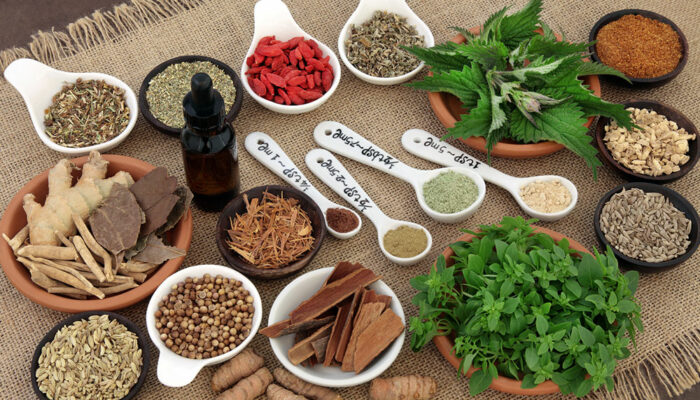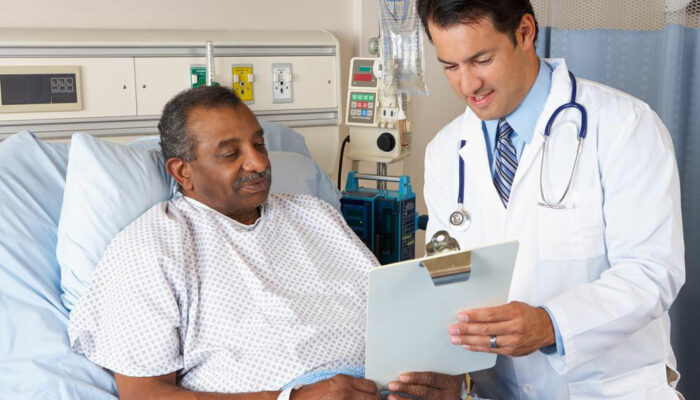
8 herbs and spices for cancer prevention
Cancer has become one of the leading health concerns worldwide, impacting people of all ages. Breast cancer, prostate cancer, colorectal, bronchus, and lung are some other common types that account for about 50% of all cancer cases in the country. There is no direct cure for most cancer types, but combining treatments, therapies, and interventions can help manage its symptoms. One such promising intervention is the inclusion of herbs and spices in one’s daily meals. Herbs and spices for cancer prevention Herbs and spices have been valued for their medicinal properties for centuries. While science is yet to prove their full range of benefits for cancer, adding them to one’s daily food can be beneficial. Here are some popular herbs and spices to consider integrating into one’s meals: Black pepper In one of their studies, Michigan University scientists saw that black pepper prevented cancerous stem cells of breast tumors from growing within the body and did not affect or destroy the healthy cells. Already referred to as the king of spice and widely used in Asian, especially in Indian cuisine, black pepper may potentially have cancer-fighting components which may aid people in their recovery journey. In addition, black pepper also helps the body to absorb turmeric even better, which is another spice included in the list. Apart from this, black pepper helps to reduce inflammation, control blood sugar levels, and improve brain function. Furthermore, it aids in lowering bad cholesterol levels in the body, thereby mitigating the risk of cancer development. This humble spice with multiple benefits can be used in many dishes to enhance its taste without overpowering the flavors of the main ingredients. Cayenne pepper Cayenne pepper, or simply cayenne, is a fiery spice made from dried chili peppers. This vibrant red spice contains capsaicin, which is an active component known to be a chemopreventive agent that prevents the spread of cancerous cells.
Read More 









